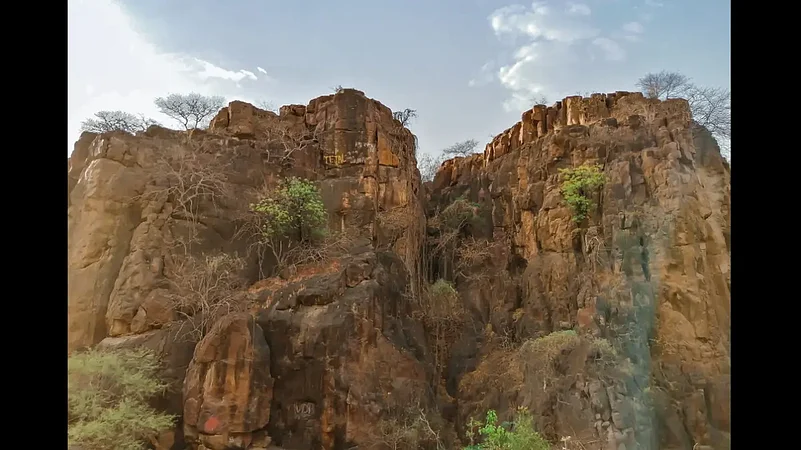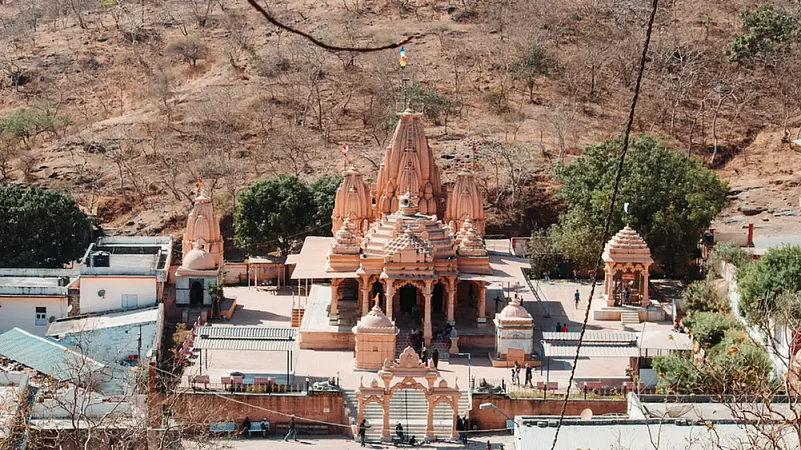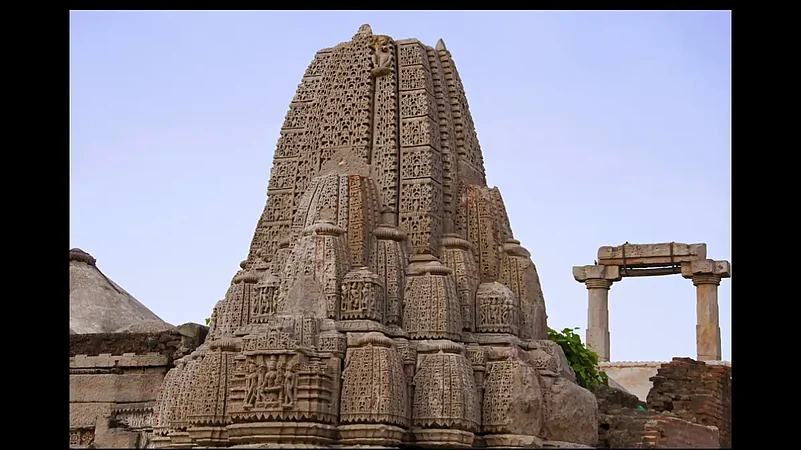History and heritage, crafts and textiles, UNESCO sites and Buddhist sites, flora and fauna, beaches and palaces, farsan and thalis—there’s a lot to do in Gujarat. The birthplace of Mahatma Gandhi and the land of Krishna has a history that goes back 4,500 years and a few unexplored gems that are squirrelled away off the tourist map. Here are the places that should be on your list the next time you visit Gujarat:
Brahma Kund

Located 22km/20 mins away in nearby Sihor town, the ancient capital of the Gohilwad Kingdom, this stepped temple tank is an architectural masterpiece. Said to have been cre- ated by Chalukya king Jayasimha Siddharaja, the tank finds mention in the Skanda Purana. Legend goes that Siddharaja was suffering a skin disease after being cursed by Ranakadevi, the queen he captured from Junagadh. He was cured after bathing in this tank, which is why he refurbished the tank with multiple levels of steps, sculptures, motifs, and small friezes. A Neelkanth Mahadev temple is located near the tank, the waters of which are still considered miraculous by the religious. This kund is also mentioned in Ain-e-Akbari and in poet Nanalal Dalpatram Kavi’s Hari Samhita, where he writes that Krishna visited the temple tank. The nearby Gautameshwar lake and the Shiva temple built on its bank are sure to provide a calming influence.
Advertisement
Lyari Riverbed
Kutch is renowned the world over for its rugged desert landscape, and there’s plenty to see and do. The Lyari River, which flows from Pakistan, has created rich, beautiful rock formations along the riverbed as it flows into Kutch. About 70km/1.5hrs from Bhuj, behind Dhinodhar hills, the Lyari riverbed—the rocks, sand, and water—has been sculpted into spectacular shapes by millennia of weathering. The forms, shapes, patterns, and colours are a kaleidoscope that you can’t get your eyes away from. Sit amid these earth-coloured age-old rocks and mineral formations that create a sublime landscape. It could well be India’s answer to the many canyons in the US—albeit on a much smaller scale!
Advertisement
Tulsi Shyam Temple, Amreli

This beautiful temple, believed to be 700 years old, is set in scenic surroundings. Folklore suggests that Lord Krishna killed a demon called Tul here, which is how the temple derived its name. You need to climb 100 steep steps to get to it, where you can pay obeisance to the statue of Tulsi Shyam, said to be around 3,000 years old. Situated in the proximity of Gir, the premises have three hot-water springs referred to as ‘Taptodak’ in the Puranas and still said to have healing powers. The nearby Rukmani Devi Temple is also beautiful.
Surkotada Indus Valley Site
The Harappans, who came and settled in Surkotada around 2300 BCE, used mud bricks, mud lumps, and rubble to build a fortified citadel and residential annex. The site is said to have been occupied for 400 years with no breaks. Archaeologists across the world place Surkotada at par with Kalibangan and Lothal when it comes to planning. It is believed the site could have functioned as a regional capital or garrison town. Interesting finds here include painted pottery, copper objects, seals, copper beads, and terracotta toys and beads. The site is said to have turned up horse remains dating to 2,000 BCE, a significant discovery.
Advertisement
Sidhpur, Patan

This sacred town, situated on the left bank of the Saraswati River, is an explorer’s delight. Housing umpteen temples, kunds, ashrams, and other sacred structures, the town, which draws its name from Siddhraj Jaisinh of the Solanki dynasty, was at its peak in the 10th century. Explore the ruins of the 12th-century Rudra Mahalaya, a temple that boasted of a three-storeyed shikhara, 1,600 pillars, 12 entrance doors, and a central mandapa. Move on to the Bohra Vad and you’ll feel like you’ve walked into Victorian England. The Bohra Muslims, an affluent community, have also had a huge influence on Sidhpur. Walk through their old havelis and mansions, some going back over 100 years. Enamoured by European living, the Bohras built Victorian mansions spread over 18 mohallas in the late 19th to the early 20th centuries. The beautiful façades showcase intricate, wood detailing and the mansions are painted in all the colours of the rainbow. Other sites that merit a visit include the Bindu Sarovar, which finds mention in the Rig Veda, Arvadeswar Shiva temple, the Jami Masjid, Clock Tower, and the Shristhal Sangrahalaya. Time your visit with the Sidhpur Camel Festival, held during Karthik.




















